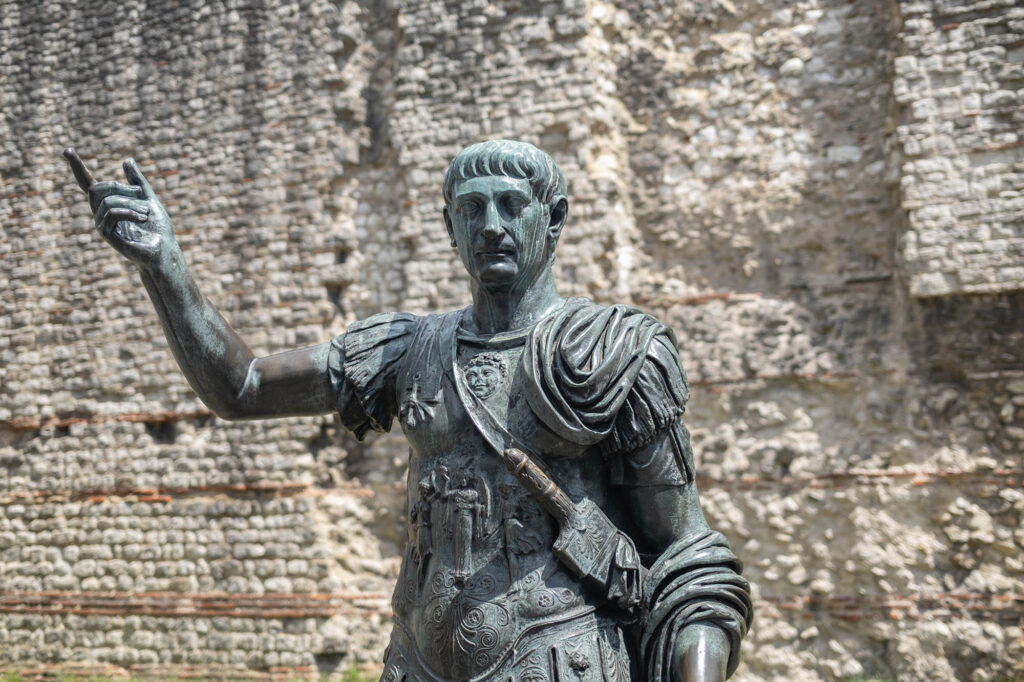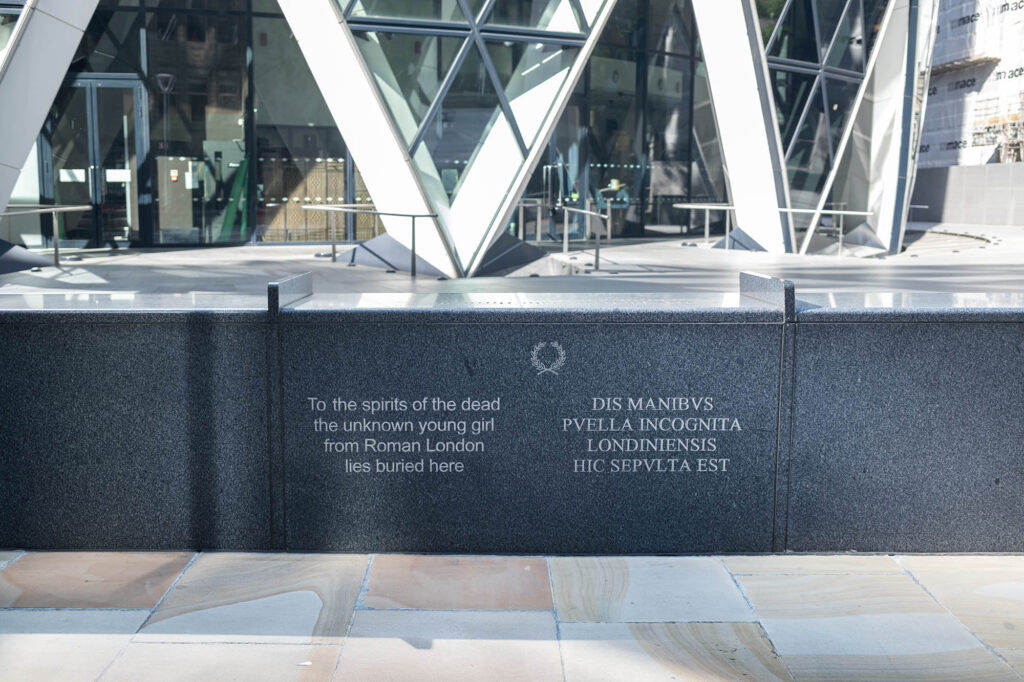Ancient Rome at school isn’t history that belongs just in museums in London, as a city that was a Roman settlement – Londinium – there is history literally below your feet in London. Modern day building developments frequently reveal Roman history and artefacts during excavations. So a visit to London is the perfect place to bring your child’s school history lessons to life! In this post, we provide you with a list of things to do in London with kids who are learning about the Romans in school, helping you to support and encourage their learning.
Permanent things to see and do
The British Museum’s Roman collection

The British Museum is home to an impressive collection of Roman artefacts which includes Roman statues, mosaic floors, sculpture, glassware, metalwork and jewellery.
Make sure to check out Room 69 which contains a wide variety of objects that were used in the everyday life of those living around the Mediterranean, including Romans and Greeks. The objects are grouped by theme such as gender, childhood, death, sport, music, trade, war, artisanship and many more.
Don’t miss the mosaic floors that line the walls of the West Stairs. For those doing Key Stage 2 history, Room 49 focuses on Roman Britain and how the Roman occupation of Britain transformed the culture of the province.
The London Mithraeum

The London Mithraeum is the remains of a temple at which members of an all-male cult worshipped Mithras. The Mithraeum dates back to around 240 AD. The remains now form part of a free to visit immersive experience with sound and lights which recreate the atmosphere of this mysterious ancient cult temple.
See ruins from Roman London

Whilst London is a modern city, there are still places where you can spot signs of Roman Londinium. These largely take the form of ruins in the open air which are accessible to visit at any time.
There are two sections of the old Roman Wall located just a stone’s throw from the Tower of London (one located just to the North of the Tower of London in Tower Hill Garden and one tucked away just a few minutes away behind the Leonardo Royal Hotel London City).
There is a section of Roman wall on Vine Street that allows kids to see a section of City Wall including the foundations of the original Roman bastion.
There are also Roman ruins located just a short distance from St Paul’s Cathedral on Noble Street. The Roman Fort Ruins are the remains of the western gate of Londinium’s military fort date back to the late 2nd century AD.
See the remains of a Roman amphitheatre
Located in the basement of the Guildhall Art Gallery, are the remains of a Roman Amphitheatre, where their imaginations can run wild picturing gladiatorial contests and public spectacles.
Visit the remains of a Roman bath house
Roman bath houses were important buildings in Roman towns. Communal bathing was an integral part of Roman life. Private bath houses were rare and usually owned by the rich. Billingsgate Roman bath complex is a rare example in London of surviving in-situ remains of a property with attached private baths .
Public tours take place on Saturdays between April and November, and advance booking is required. Tickets cost £12 per adult and £10 per child 14 years old or under (additional booking fee applies). Even if you don’t go inside, you can see some photos of the remains here, and outside you will find an image showing the layout of Londinium.
See the burial place of a Roman girl

Whilst perhaps not one to go out of your way to see, but if you are near the Gherkin (perhaps visiting Leadenhall Market or Horizon 22), you can see the final resting place of a young girl from Roman London. Her remains were discovered during the construction of the Gherkin and in 2007 she was reburied there.
Crypt Museum of All Hallows by the Tower
Just a few minutes from the Tower of London, the Crypt Museum of the All Hallows by the Tower church houses a number of Roman artefacts, including a Roman tessellated floor of a late 2nd Century domestic house. It also contains a model of Roman London, although this model was created prior to the discovery of the ruins of the amphitheatre, so this is not included on the model.
In addition to Roman artefacts, the Museum hosts a number of other interesting items, including Shackleton’s Crow’s Nest from the ship the Quest, which Sir Ernest Shackleton used for his third and last Antarctic voyage.
Boadicea and Her Daughters

While most of the suggestions in this post focus on artefacts from Ancient Rome, you can also spot more modern additions to London that relate to Roman times. One example, situated right in the tourist heart of Westminster, is a statue – Boadicea and Her Daughters.
Boadicea (or Boudica) was a queen of the ancient British Iceni tribe. After her husband died, the Romans broke a deal they had made with him, seizing Icon lands and mistreating Boudica and her daughters.
In response, Boudica united several British tribes and led a campaign that destroyed three major Roman settlements: Camulodunum (modern-day Colchester), Londinium (London), and Verulamium (St. Albans), reportedly killing around 70,000 Romans and pro-Roman Britons.
Though initially successful, her rebellion was ultimately crushed by a smaller but better-equipped Roman army at the Battle of Watling Street, after which Boudica died (although the circumstances of her death are unclear).
Take a self-guided walk
Why not try out our Roman London self-guided walking tour? It takes in many of these sights!
Have you enjoyed a holiday in London and also learnt about the Romans? Let us know what you did and how you found it!


